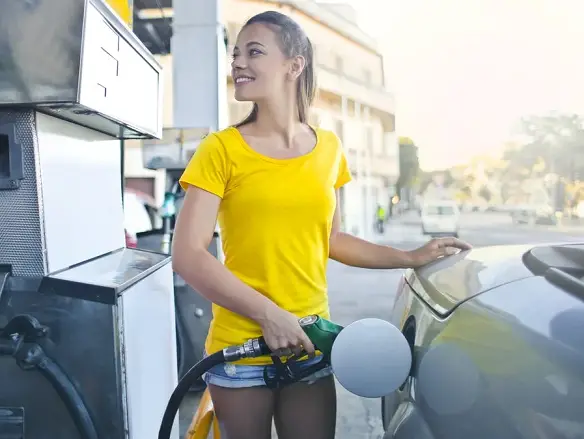On Friday, the Environmental Protection Agency (EPA) authorized gas stations throughout the country to sell gasoline blended with a mix of 15% ethanol over the summer under an emergency waiver, in an effort to relieve some pricing pressure at the pump and boost demand for the Midwest-based ethanol industry.
The decision was couched by the EPA as a measure to reduce gasoline prices amid a period of uncertainty around the market supply of gas due to the Russian invasion of Ukraine and the geopolitical situation growing out of that. The agency also asserted that the move would aid American energy independence, and help to support American industries within agriculture and manufacturing.
In a statement, EPA Administrator Michael Reagan said, “Allowing E15 sales during the summer driving season will not only help increase fuel supply, but support American farmers, strengthen U.S. energy security, and provide relief to drivers across the country.”
Most gasoline available in the US is blended with 10% ethanol, however the higher 15% blend of gasoline is not available in the summer normally, due to fears that it would worsen smog during the hot weather.
The EPA noted that it performed an analysis which showed that the use of the higher blend should not have a measurable impact on air quality.
The agency estimates the shift to the E15 blend should save consumers roughly 25 cents per gallon compared to the E10 blends.
According to research by the Department of Energy, vehicles typically get 3% to 4% fewer miles per gallon using the E10 blends, and about 4% to 5% less on E15 compared to pure gasoline.
Drawing attention to data from the Energy Information Administration, a part of the Energy Department, the American Fuel & Petrochemical Manufacturers industry group questioned the move.
In a statement, Chet Thompson, the president and CEO of the organization said, “The U.S. market is well supplied with gasoline, which EIA data make clear. Therefore, we’re anxious to see how EPA is going to justify this decision in light of the statutory limitations and the agency’s own understanding of emergency criteria, which require a finding of inadequate domestic supply in a specific geographic area.”
In the Midwest, ethanol policy is extremely important since most of the approximately 200 renewable fuel plants are located there. Ethanol refineries produced more than 15.4 billion gallons of ethanol in 2022, using about 45% of the nation’s corn crop to do so. About one third of that corn was grown in Iowa and Illinois..
For years the industry has been pushing to allow the use of E15 year round. The EPA had already proposed in March to allow the use of the higher blends in eight Midwestern states permanently, beginning in 2024.
Geoff Cooper, president and CEO of the Renewable Fuels Association said, “EPA’s action allowing summertime E15 will help extend gasoline supplies, prevent fuel shortages, protect air quality and reduce carbon emissions.”
Use of gasoline containing higher levels of ethanol may not be suitable for certain vehicles, especially those manufactured prior to 2001. Consult your manufacturer for more information.


